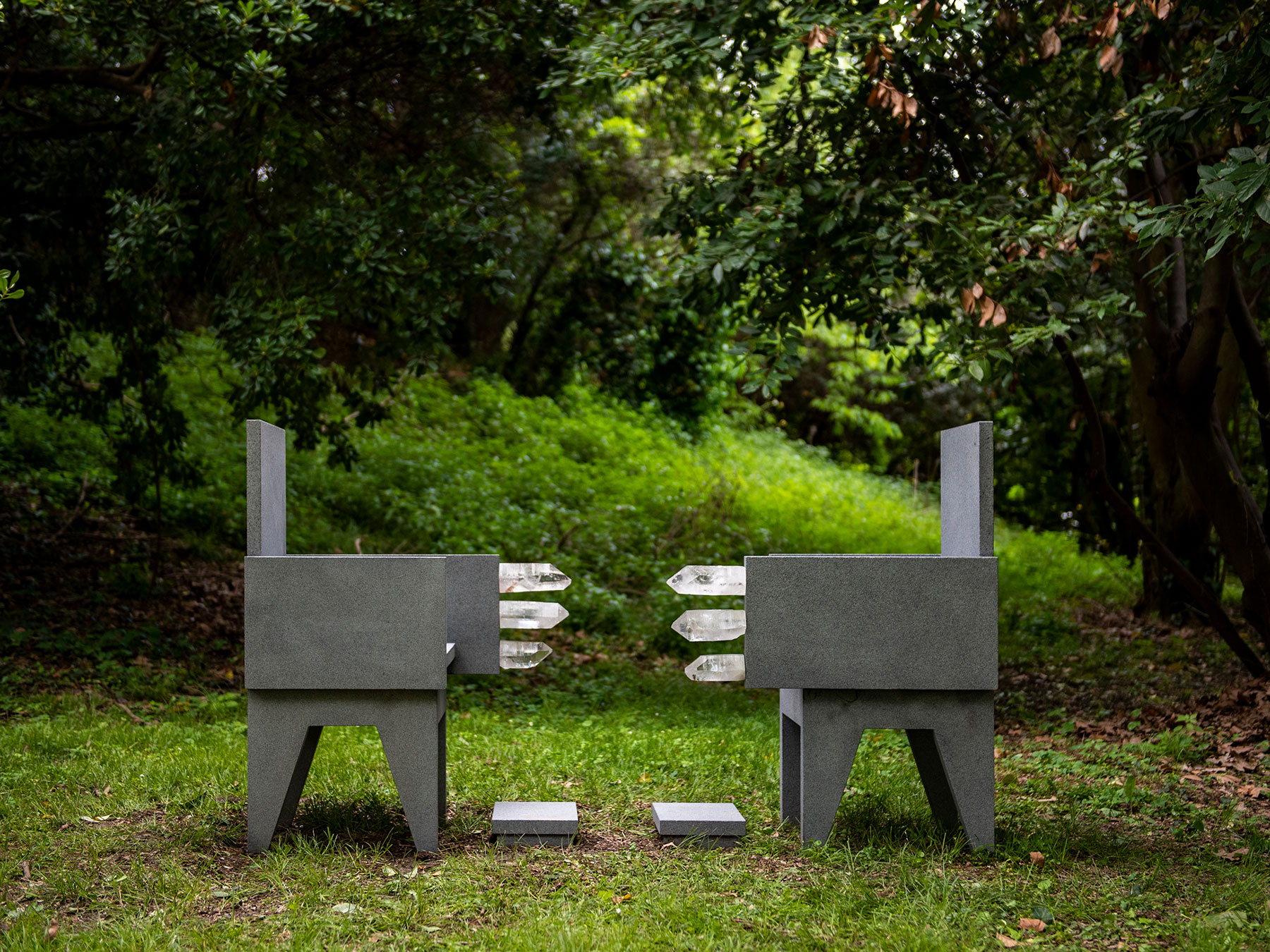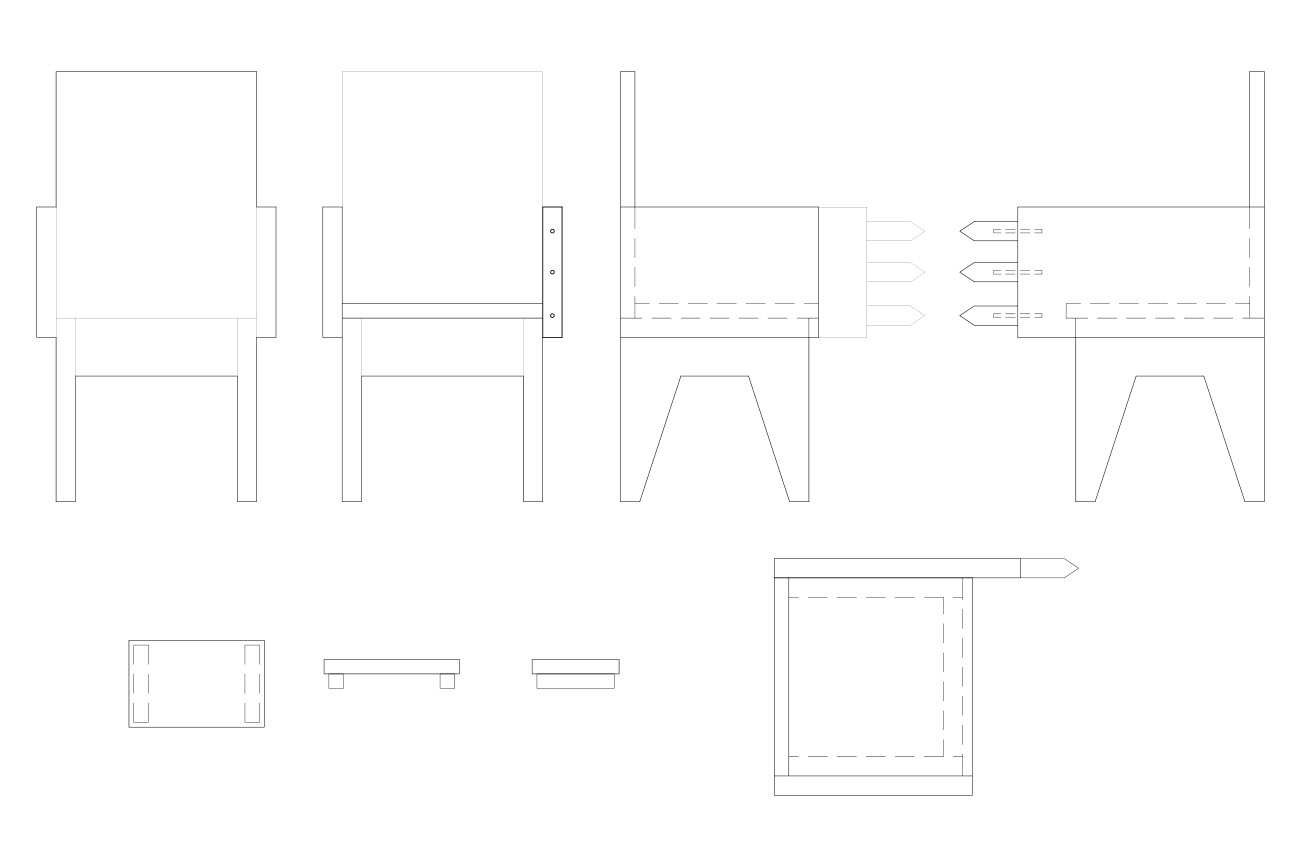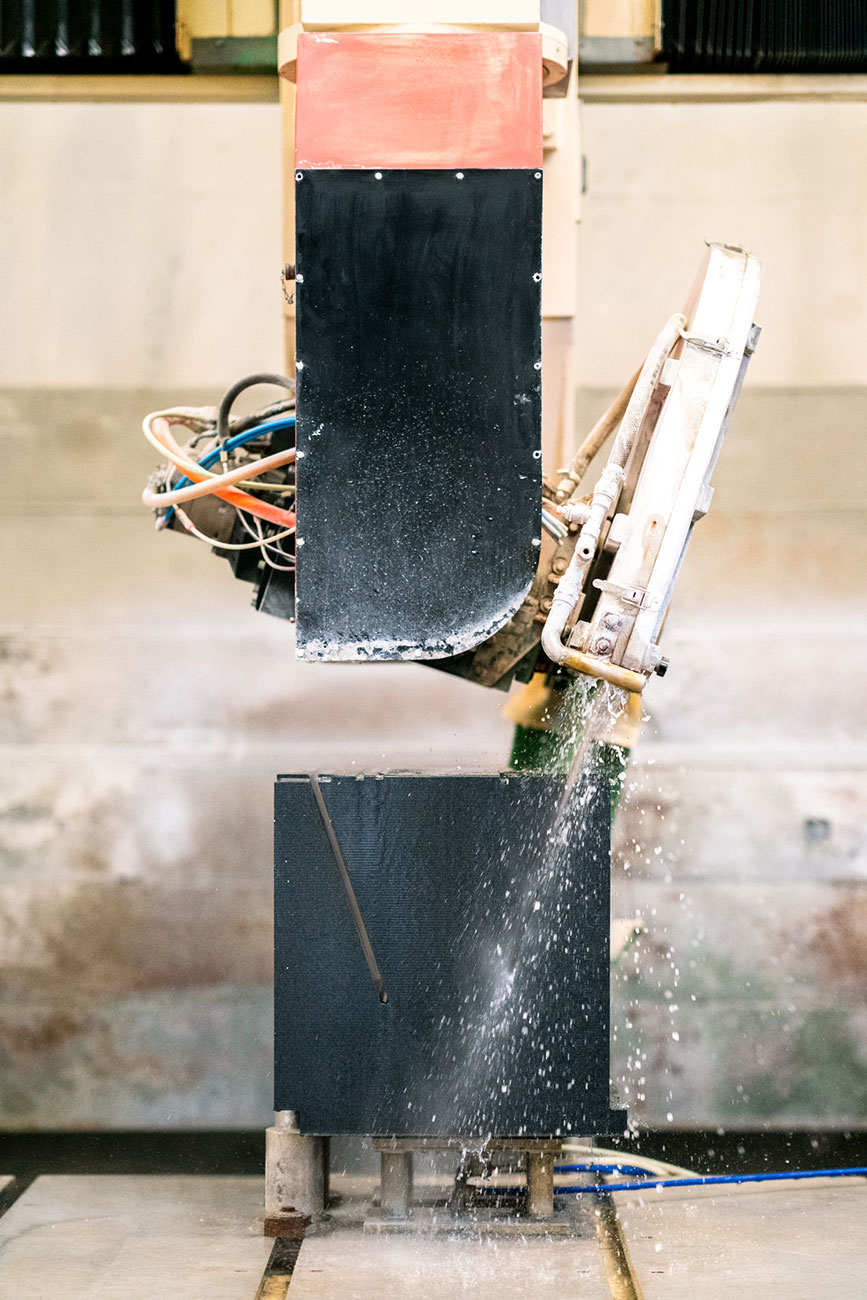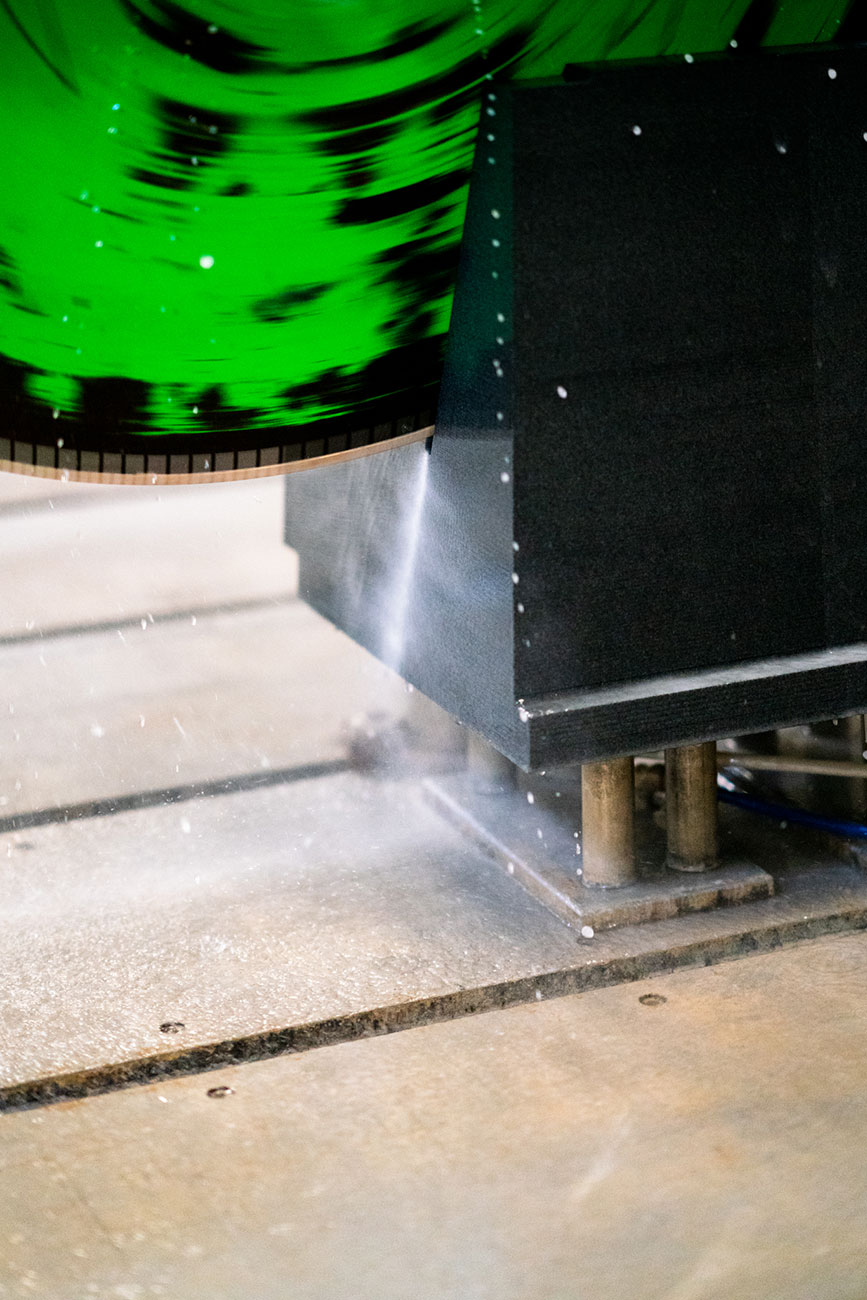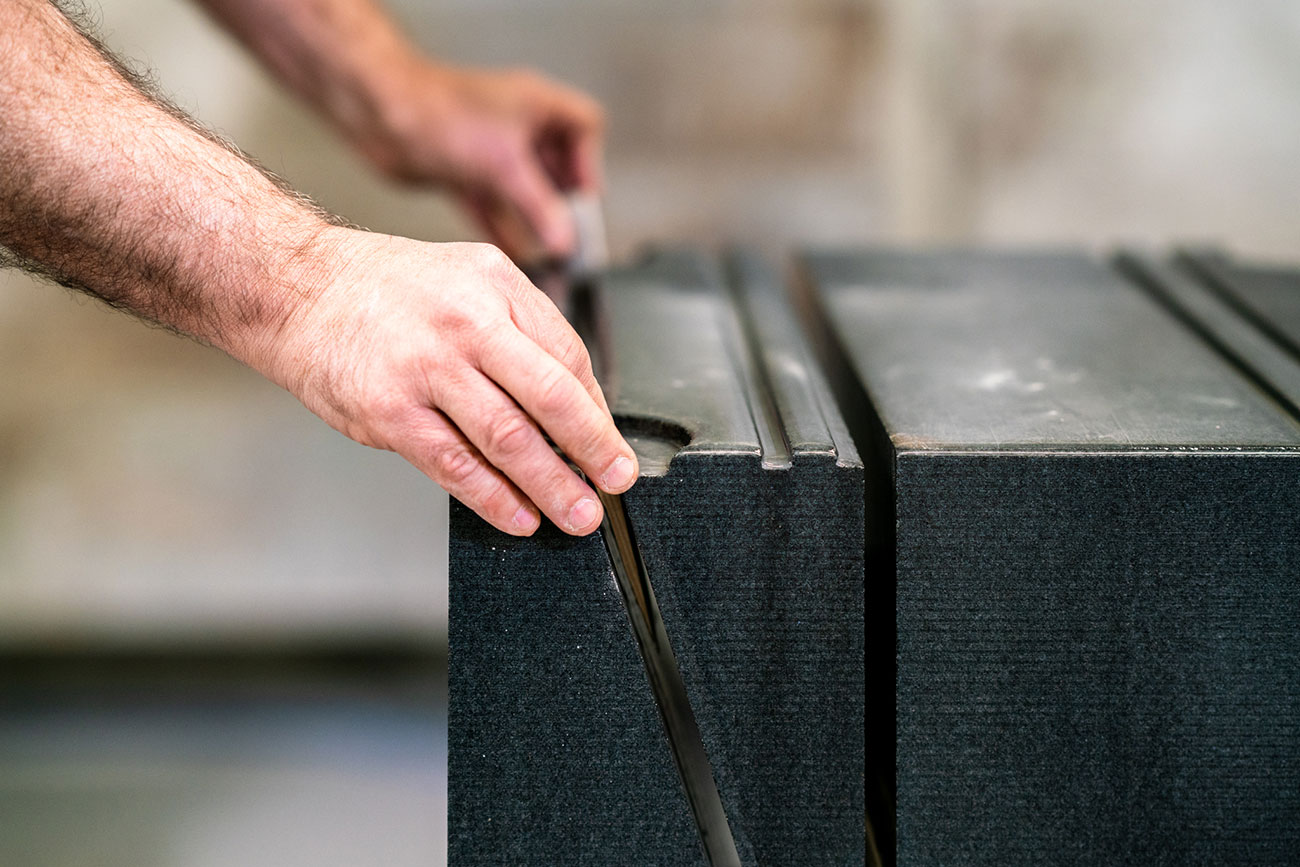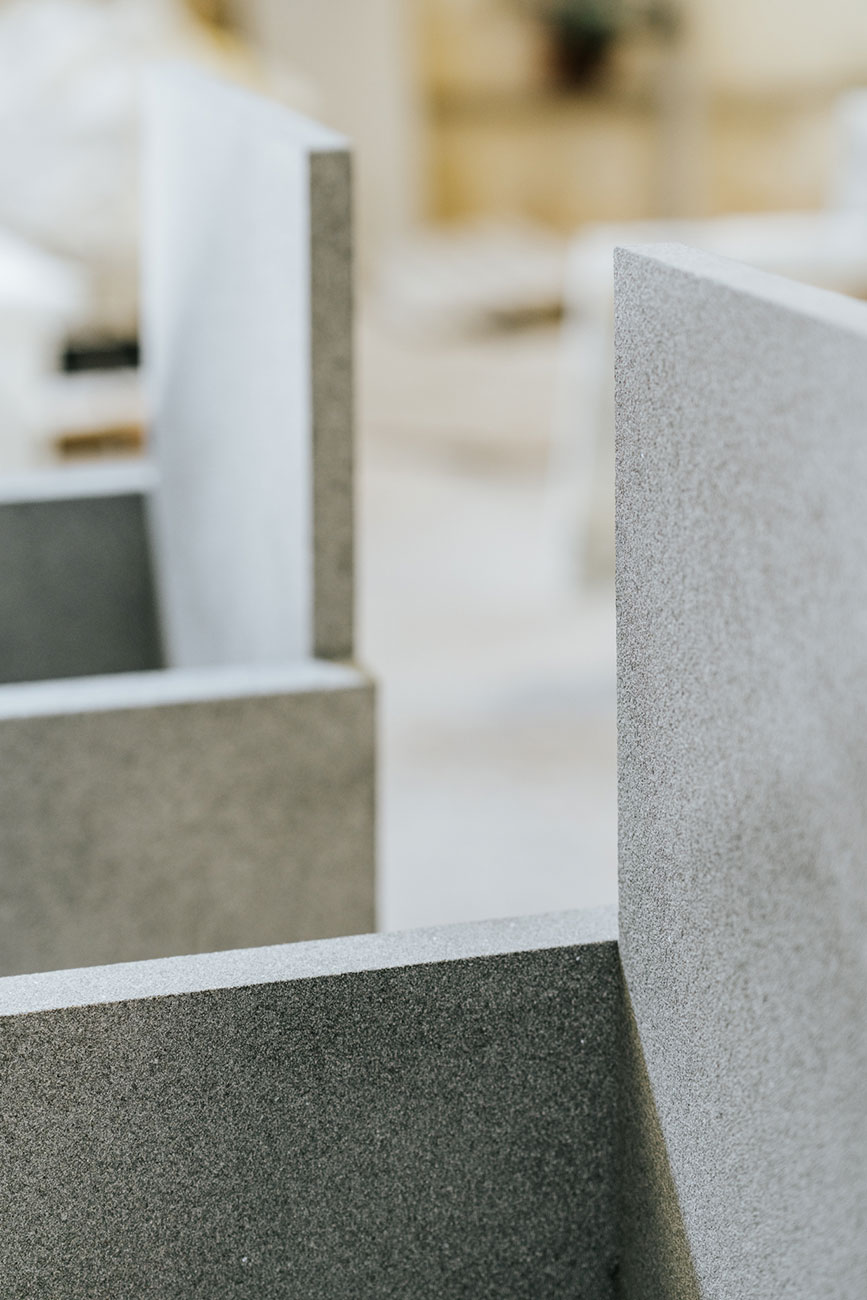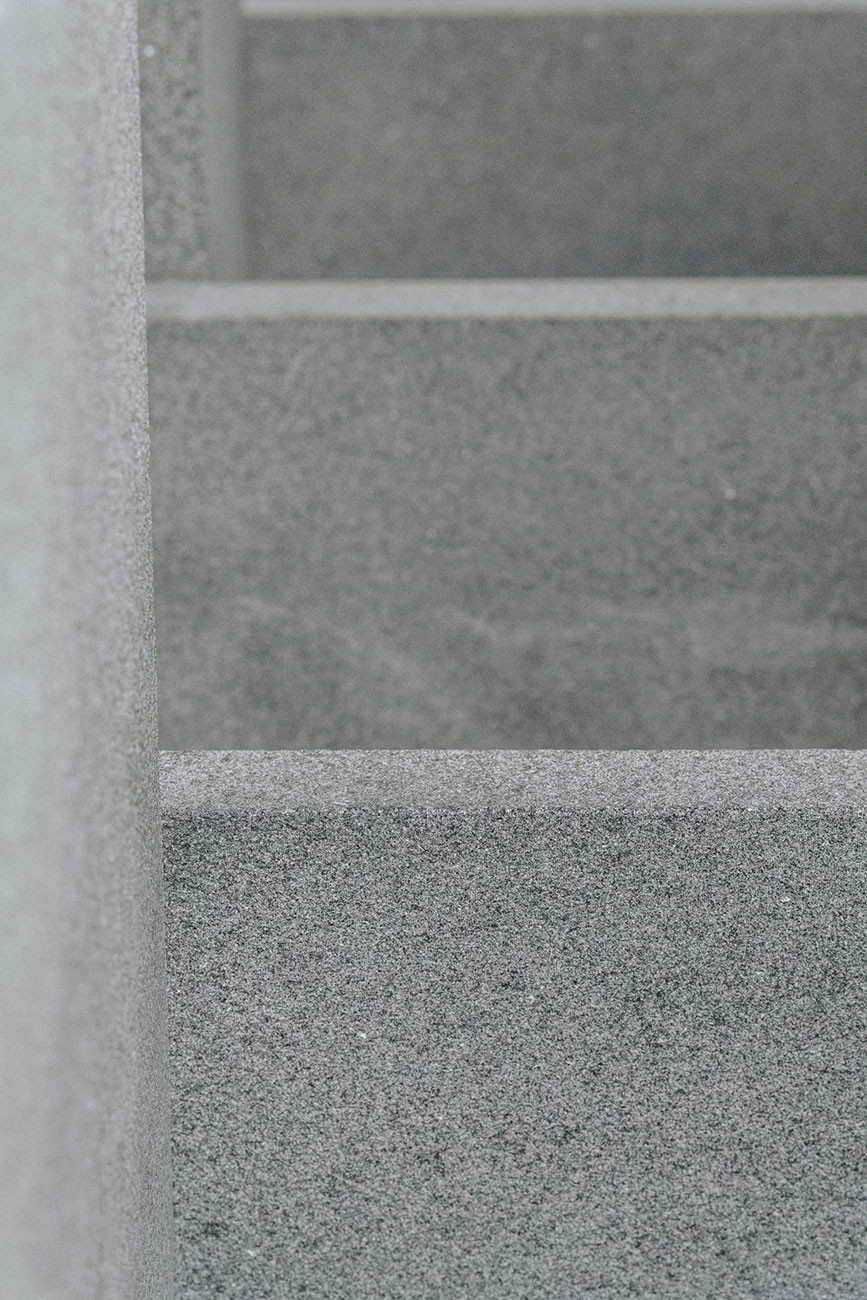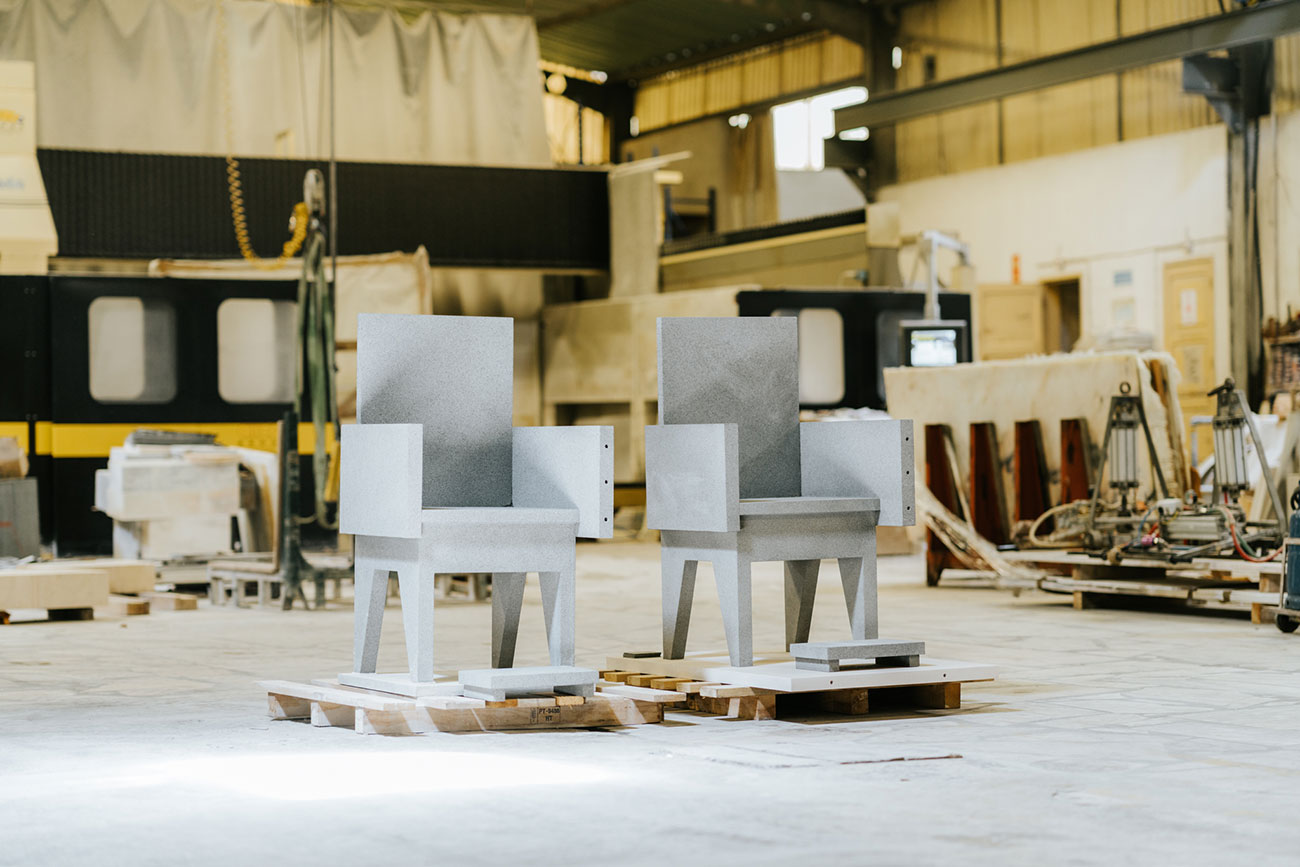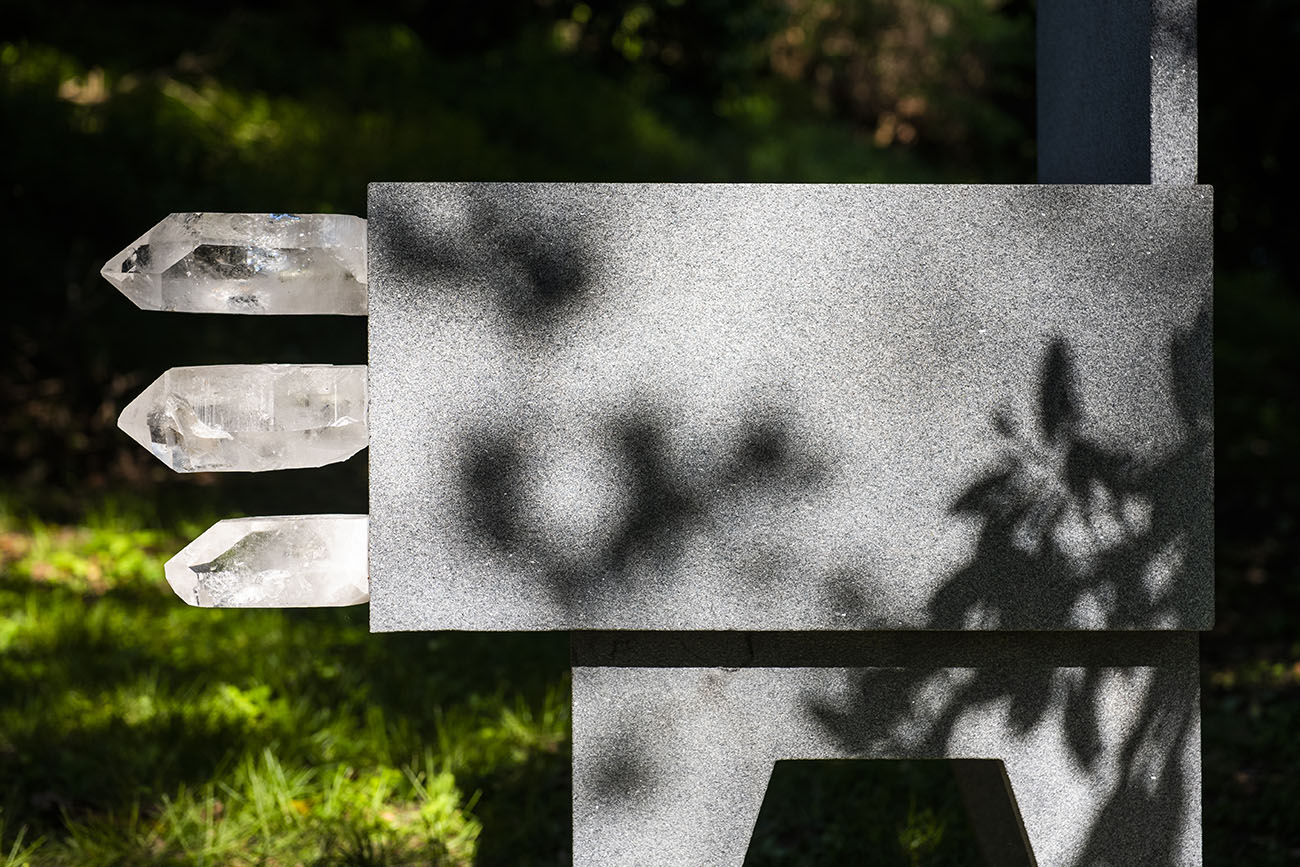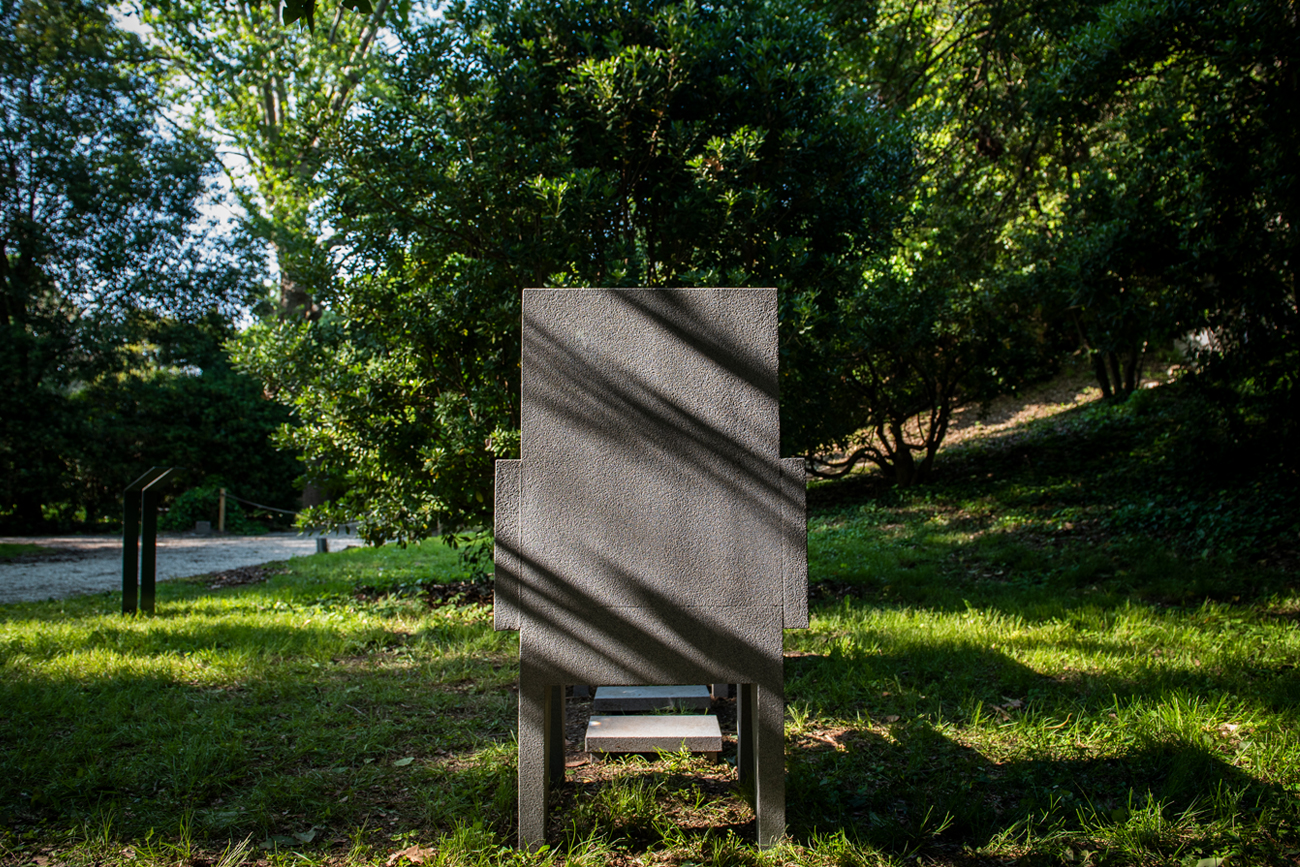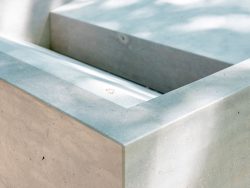The chair is the quintessential object of the elegy of the body. Perhaps because it is the piece of furniture closest to the ergonomy of the body, it forever implies an evocation of who could be occupying it. One could state that the chair is the model of sculpture, its matrix: it implies the existence of a body, summons us to think about absence, proposes a duration, a wait for someone to engage in it - and by doing so, the chair is a matrix for any scenic prop as a place for a body, marking its absence or summoning its ghost. Marina Abramović has regularly been using devices that invoke either the body or its memory, that render the artist present. In many of her performances, the artist uses chairs, and has also used them as sculptural elements. In 1993, in an installation located within a small Portuguese village, Abramović presented the Chairs for Departure project, which was composed of two steel chairs, one of which had conventional dimensions and the other, placed right next to it, was 16m in height. A text invited spectators to sit on the chair and place their spirit on the other tremendously high one. The chair, cast out of steel, transformed into a monument due to its sheer weight, was thus converted into a mechanism for the flight of the spirit.A cadeira é o objeto por excelência da elegia do corpo. Uma cadeira, por ventura por ser a peça de mobiliário mais próxima da ergonomia do corpo, implica-nos sempre na evocação de quem a poderia ocupar. Poder-se-ia dizer que a cadeira é o modelo da escultura, a sua matriz: implica um corpo, convoca-nos para pensarmos o ausente, propõe uma duração, uma espera por alguém que a ocupe – e, por isso mesmo, a cadeira é a matriz de qualquer adereço cénico como lugar para um corpo, marcação da sua ausência ou a convocação do seu fantasma. Marina Abramović tem vindo a utilizar regularmente dispositivos que convocam o corpo ou a sua memória, que presentificam o artista. Em muitas das suas performances, a artista utiliza cadeiras e tem, também utilizado cadeiras como elementos escultóricos. Em 1993, numa instalação realizada numa pequena vila em Portugal, Abramovic apresentou o projeto Chairs for Departure, duas cadeiras em aço, uma das quais de dimensão convencional e a segunda, colocada ao lado da primeira, com 16m de altura. Um texto convidava o espetador a sentar-se na cadeira e colocar o seu espírito na outra, desmesuradamente alta. A cadeira, vertida em aço e, portanto, monumentalizada pelo seu peso, convertia-se numa máquina para fazer viajar o espírito.
The present project originates from the very same assumption, but with an element of duality, including the memory of Abramović’s performative work: there are two stone chairs, two monoliths, that through their presence, invoke a relationship, a physical or projective occupation. They propose a connection, a tension – always frequent themes of her work.
Delfim Sardo
May 2019O projeto agora realizado parte do mesmo pressuposto, mas de forma dual, incluindo a memória do seu trabalho performativo: são duas cadeiras em pedra, dois monólitos que, na sua presença, convocam uma relação, a ser ocupadas, física ou projetivamente. Propõem uma relação, uma tensão, sempre as vertentes do seu trabalho.
Delfim Sardo
Maio 2019
